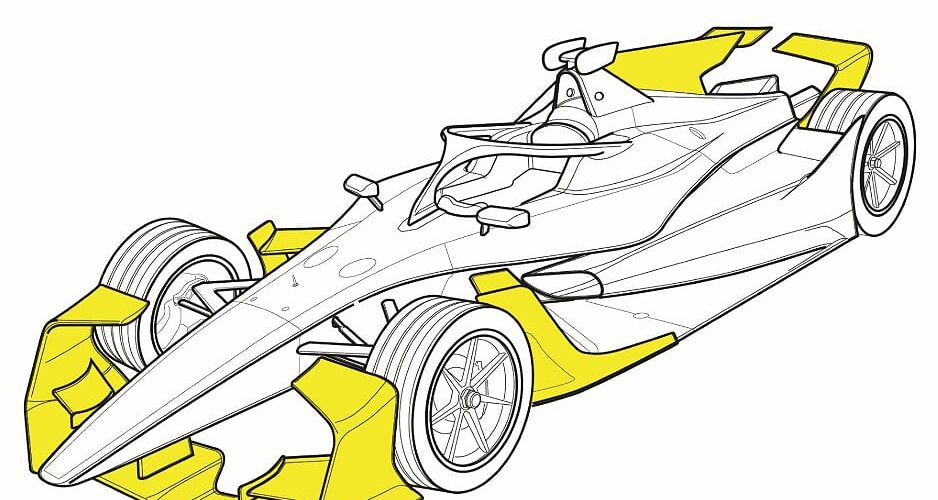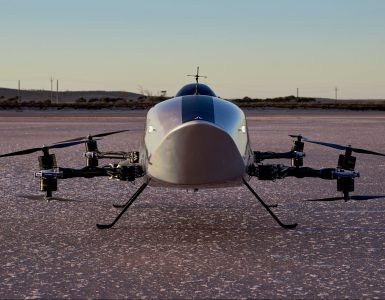Formula E continues to press ahead with its plan of putting electric motorsport on the map. Only into its sixth season, the series has established a regular biennial schedule of new cars and ground-breaking updates. The plan was to introduce an cosmetic update to the Gen2 car for Season 7 (2020-2021), to be known as the Gen2 EVO. But, amid the current global Coronavirus crisis, this has been pushed back to Season 8, in turn delaying the major new Gen3 car’s debut.
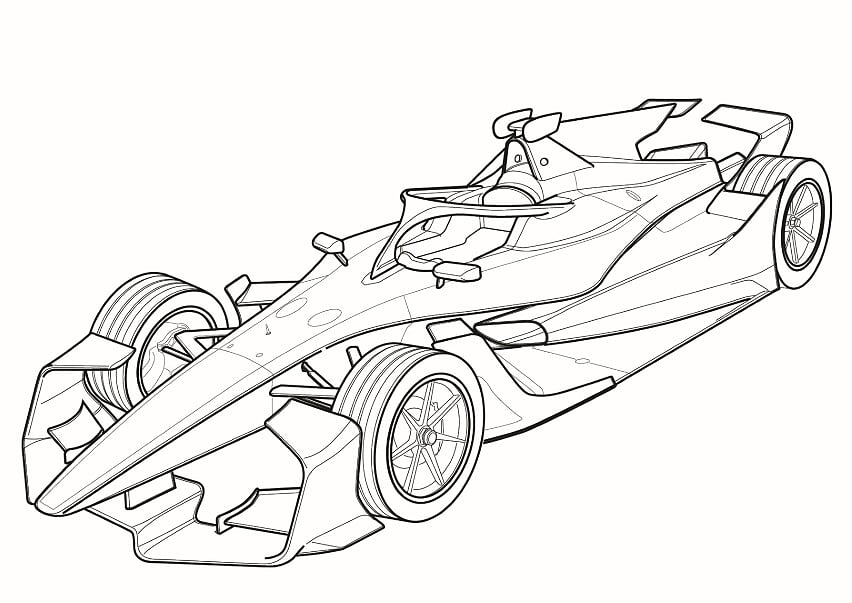
Past generations – the evolution of the electric racing machine
With little reference to previous motorsport categories, Formula E burst onto the scene in 2014 with the Spark Racing Technology SRT01e car, which has since become known as the ‘Gen1’ car. As part of the biennial update plan, the car gained a new look with a new nose wing for season 3. Then came the big update for Season5, with the launch of the Gen2 car. This was a nearly all new car, with chassis, battery and suspension being changed along with the extrovert ‘bat mobile’ styling.
It was a styling that immediately split opinion, as it was rare for single seater car to appear with covered wheels. For some, this change was step too far from the established concept of what a race car should look like. From Formula E’s point of view, however, covered wheels make sense because it reduces drag, which improves the car’s efficiency. This is the by-word for what Formula E is trying to achieve.
Nonetheless, the Gen2 car took to racing in Season 5 (2018-19) and one unexpected result of the covered wheels was the survivability of the bodywork in car-to-car contact. While losing bodywork in a crash isn’t going to greatly affect the low downforce Formula car around a street track, having parts flapping about and upsetting the car’s balance is unsettling for the driver and also a safety issue.
It was found the wheel covering bodywork was so well attached that even substantial contact with wall, barriers and other cars was not dislodging the bodywork. This enabled greater risk taking by the drivers, as the consequences were lessened by the stronger bodywork. So, when the Gen2 update came to be conceived, the fragility of the bodywork was one of the designs aims, as well as the revised styling.
The Gen2 EVO concept
Revealed in digital form ahead of a planned full unveiling at the Geneva motor show, the new car was named the Gen2 EVO. As the motor show was cancelled, the full car and its specifications have yet to be fully released, but we can see substantial changes in the car’s bodywork. As required, the car sports more exposed wheels, with unsupported bodywork around them. Additionally, the vestigial rear wing has been updated along with the addition of shark fin on the top bodywork. Much of the sidepods, diffuser and other bodywork and the mechanical package underneath remains unchanged.
Whilst these changes are largely visual and not performance related, the whole bodywork programme undergoes a full aerodynamic testing programme. This is largely to validate the changes do not have a detrimental effect to the cars handing, nor an undue gain in performance.
Starting at the front, the wheel fairings that streamlined and covered over the top of the front wheels have gone. These are replaced with more of an ‘endplate’ style of bodywork, forming a “C” shape to create a ‘bi plane’ style top wing section reminiscent of the Gen1 Season3 update or even the Daniel Simon styled Roborace car that appears at Formula E events.
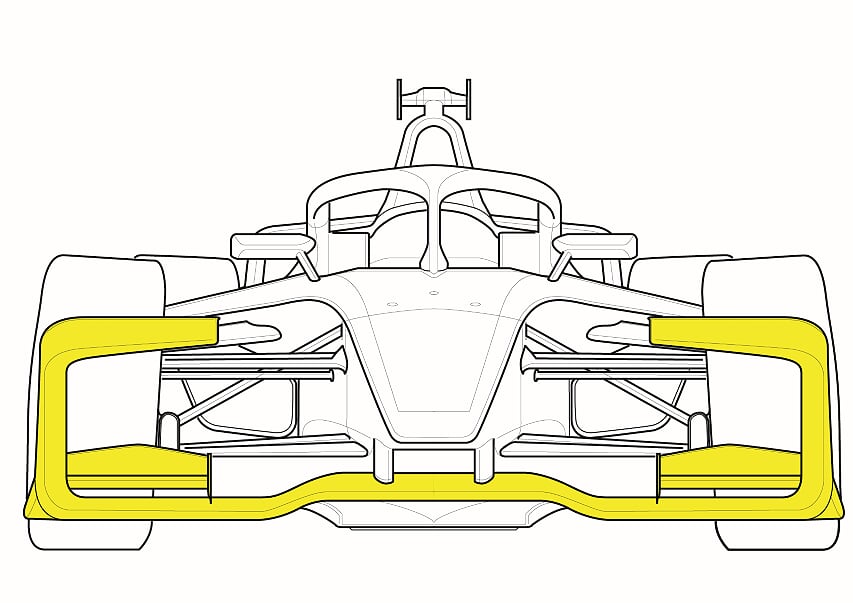
With this endplate set up, the front wing is a little wider and its span passes in front of the tyres. There are wider front flap profiles to complement the wider wingspan. Already, it’s clear to see this change will create a more exposed and fragile structure, that is less likely to survive over enthusiastic manoeuvres.
Changes ahead of the front tyres are also reflected behind. The old bodywork swept out from behind the wheel, joined stoutly to the section of bodywork over the wheel. Now sporting a simpler bargeboard, the changes around the front wheel appear to eschew the non-conventional attitude of the Gen2 car and appear more conventional.

At the rear, the old bodywork remained full width and extended over the rear tyres to form the endplate to the unique X-shape rear wing. For the EVO version, the sidepod bodywork steps in between the rear wheels and then extends upright to form the new inward pointed rear wing profiles. It’s odd that the two wing profiles do not meet, but stop short of the car’s centreline. Each inner wing tip will shed a tip vortex that contra rotate with each other. There’s nothing to suggest that Spark are looking for any clever effect here, but the set-up is somewhat reminiscent of the CDG (Centreline Downwash Generating) rear wing proposed for Formula 1 back in the nineties. That wing’s aim was to reduce the aerodynamic upwash behind the car to improve overtaking.
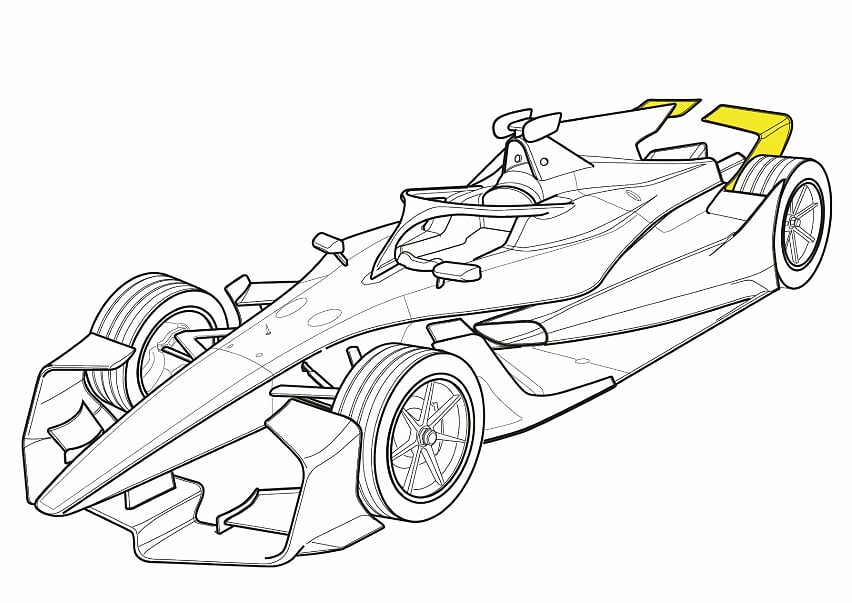
As with the Gen2 rear wing, the EVO rear wing does not offer any adjustability, so the car’s only means to balance the aerodynamics is with the front flaps.
Lastly, the car gains a shark fin. This is believed to be a marketing-led addition, rather than aerodynamic, as the lack of large rear wing and rear bodywork limits the advertising space available on the car. So, the addition of a racy looking fin meets both the styling and marketing aims for the update package. Again, there may be some aerodynamic gain with the shark fin, but this will be very small and secondary to the other aims.
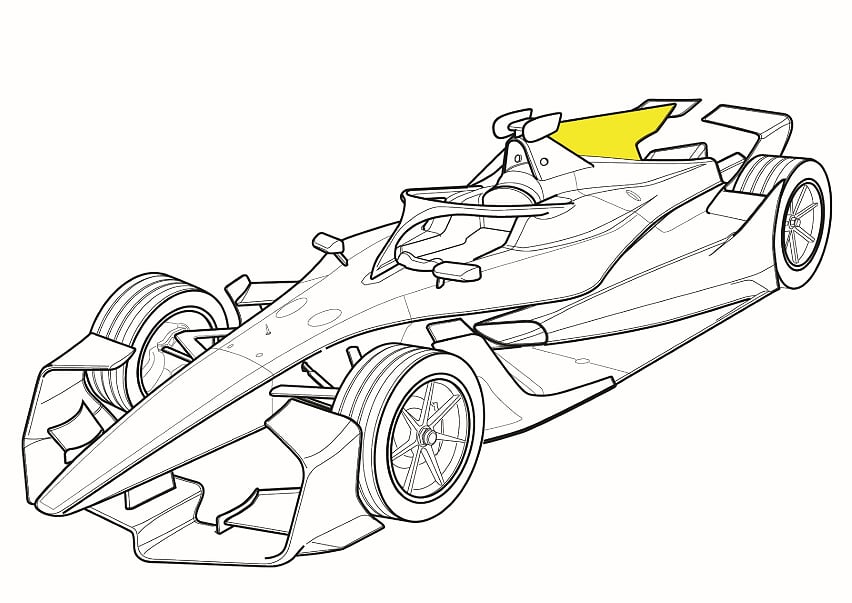
It’s impossible to measure from observation if these changes will add downforce, drag or aid overtaking. It’s clear that the Formula E car with relatively low cornering speeds does not greatly rely on aerodynamic load and lower drag is probably more important to extend the battery range during the race. The lack of a covered front wheel suggests to the eye, however, that there may be a drag penalty and increased turbulence in the car’s wake as a result of this change. But, as it’s Formula E itself that sets the targets for the car’s aerodynamic numbers in the tender process, the change from Gen2 to EVO should be insignificant.
When will we see the Gen2 EVO in action?
With the massive disruption created around the world by coronavirus, the motorsport world has also been on hold since March and now postponed until at least June. For Formula E, with its calendar split over two years and its last race in late July, the time to complete the season is ebbing away. This made the task of introducing the Gen2EVO package that much harder. Teams needed to know if the update was going ahead and plan their design work accordingly.
For Spark Racing Technologies, their Italian based partner Dallara is in shut down, so design and production of the new parts is impacted. As this is a non-essential update and given the workload for all involved, it was a case of collectively agreeing to delay the update. The FIA, along with Formula E and the teams, have agreed a pragmatic schedule for the new car and future development and the Gen2EVO will be now delayed until Season 8.
While the current cars already homologated for Season 6 will continue to run into Season 7 unchanged, this will save the manufacturers the development costs for a new Season 7 powertrain, when the Season 6 units have barely been raced. This, in turn, will push back the introduction for the Gen3 car, itself perhaps a unexpected benefit for its designers, gaining more development time for the aggressive technologies planned for the all new car.
Formula E thrives on its ever-changing look and fast development, but the business side of the formula is wise enough to know when to hold back for good economic reasons.

